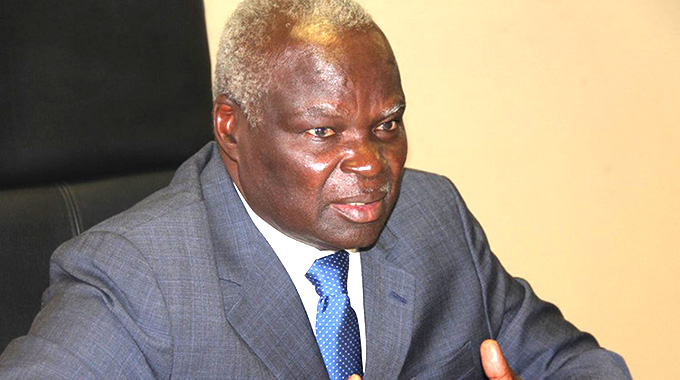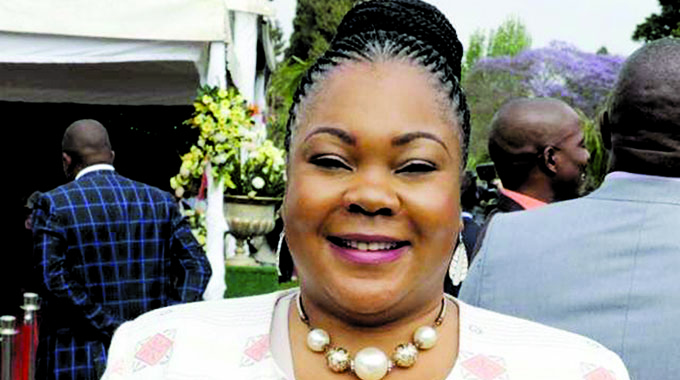Zim braces for natural disasters

Conrad Mupesa-Mashonaland West Bureau
Natural disasters loom ahead of the 2021-22 rainy season and the Government is putting all hands on the deck to avoid any fatal calamities.
Through the National Development Strategy 1 (NDS-1) which seeks to usher in an upper middle class income economy by 2030, the agenda is only achievable if the nation has an effective disaster risk preparedness and management system, Local Government and Public Works Minister, July Moyo has said.
Speaking in Chinhoyi last week during the International Day for Disaster Risk Reduction commemorations, Minister Moyo who was accompanied by his deputy, Cde Marian Chombo and other heads of government and non-governmental departments, said it was unavoidable for Zimbabwe to face another natural disaster this season as the nation was expecting to receive above normal rainfall.
He called on every citizen to embrace and harness national efforts to manage disaster risk and raise awareness to risk and strengthen preparedness to achieve Vision 2030.
Zimbabwe joined the rest of the world in commemorating the day which ran under the theme “Multiple Hazards are Best Managed in a Devolved Environment”.
Through the Sendai 2015 United Nations World Conference in Japan for Disaster Risk Reduction (SFDRR), at which Zimbabwe attended, that promotes a culture of disaster preparedness, Minister Moyo said, it continues to sync well with the country’s NDS-1 towards improved coordination, disaster preparedness, good governance and devolution through a three-tier government system.
Said Minister Moyo: “Zimbabwe is vulnerable to multiple of calamities of both natural and human-induced nature.
“These hazards have become very complex and require robust measures to mitigate them.
“The impact has also resulted in the loss of life ranging from incidents in the home such as burns, incidents at the workplace such as mine accidents and large scale incidents like Covid-19 and impacts of tropical depressions where Cyclone Idai is a case in point.”
He lauded development partners for augmenting the country’s efforts in disaster reduction and challenged the organisations to toe the government’s line towards achieving milestones in the reduction of disasters.
He noted that the nation had made tremendous improvements in reducing disaster mortalities, increasing warning systems for both natural and human-induced hazards although he outlined major accidents from roads to mining that have occurred in the province as a cause of concern.
Zimbabwe has also embraced modern technologies in monitoring elements of weather and currently establishing more observation stations to provide credible and near real-time data.
Zimbabwe has since directed the Environmental Management Agency (EMA) to provide all local councils and government departments with wetland maps to help with planning services.
In her remarks, Minister of State for Provincial Affairs and Devolution, Mary Mliswa-Chikoka said the province had developed and adapted strategies and ways of reducing the occurrences of disasters in the province.
“Zvimba, Makonde and Hurungwe districts are areas that are very high and prone to veld fire disasters. We call all the citizens to be aware of the season that we are in,” she said.
Humanitarian coordination specialist at the United Nations, Ms Nyasha Mazango said the Office for the Coordination of Humanitarian Affairs (OCHA) has been coordinating disaster management in the country to complex emergencies and natural disasters.
WHO Zimbabwe infections and hazard management officer, Mr Nkosi Mpala called for a health resilient system as a way of responding to health challenges.











Comments